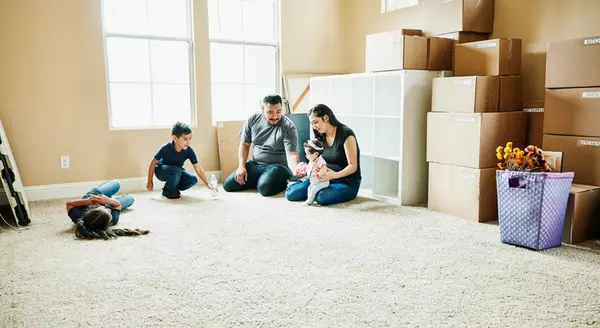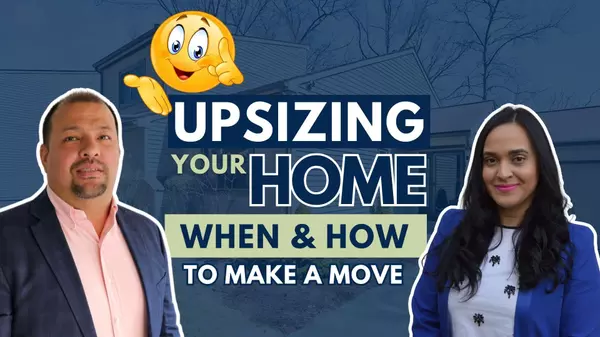
Down Payment Assistance Programs Can Help Pave the Way to Homeownership
If you’re looking to buy a home, your down payment doesn’t have to be a big hurdle. According to the National Association of Realtors (NAR), 38% of first-time homebuyers find saving for a down payment the most challenging step. But the reality is, you probably don’t need to put down as much as you t

Los programas de asistencia con el pago inicial pueden ayudar a preparar el camino hacia la propiedad de la vivienda
Si está buscando comprar una casa, su pago inicial no tiene por qué ser un gran obstáculo. Según la Asociación Nacional de Realtors (NAR, por sus siglas en inglés), el 38 % de los compradores de casa por primera vez consideran que ahorrar para el pago inicial es el paso más difícil. Pero la realidad

The Perfect Home Could Be the One You Perfect After Buying
There’s no denying mortgage rates and home prices are higher now than they were last year and that’s impacting what you can afford. At the same time, there are still fewer homes available for sale than the norm. These are two of the biggest hurdles buyers are facing today. But there are ways to over
Categories
Recent Posts










